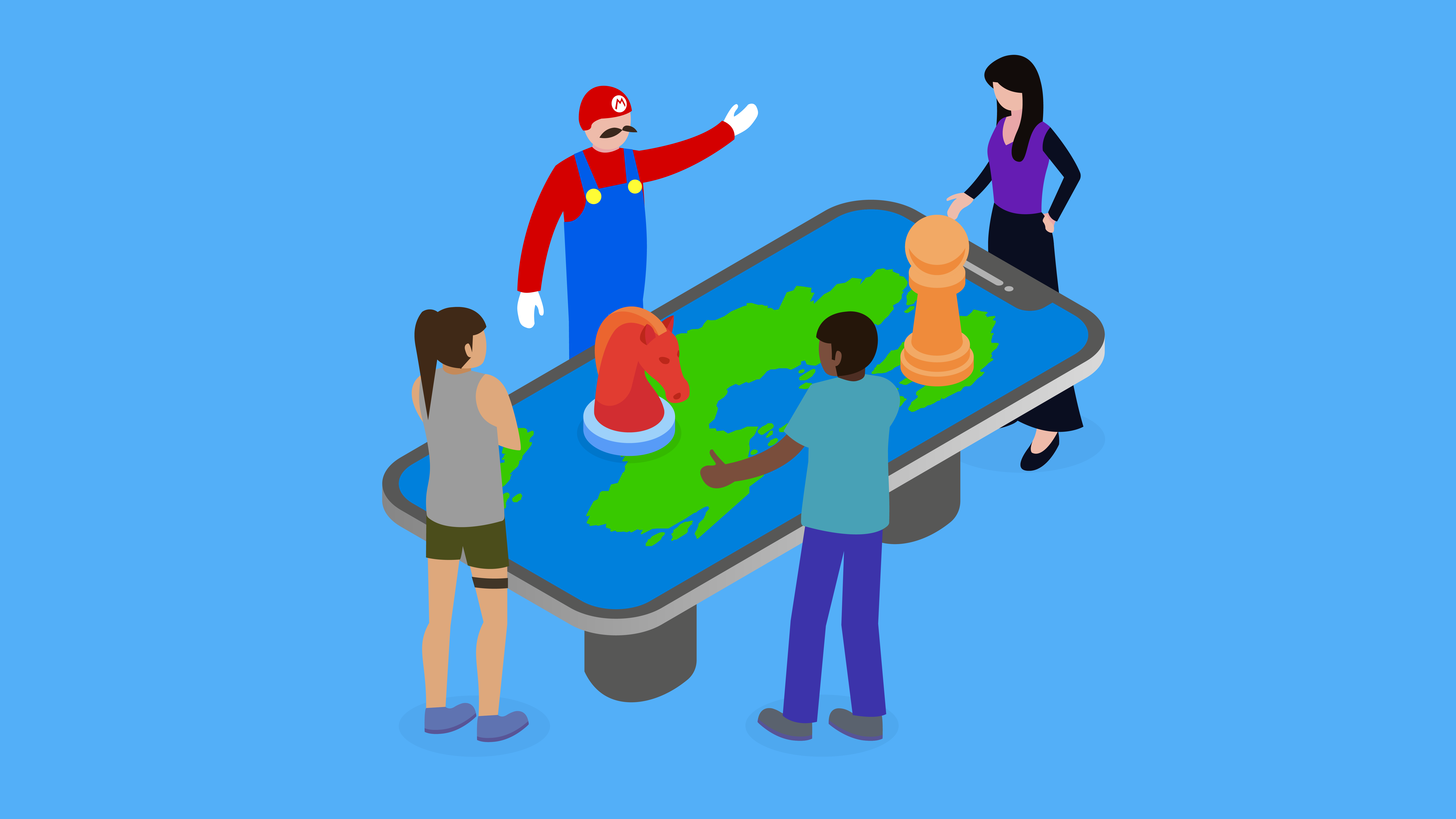Author: Steffen Meyer, Mobile Marketing Content Specialist
One of the most famous and successful gamifications in the app world is Duolingo, and rightly so: Users gain experience points, win virtual currency, set their own goals, compare themselves with others and get reminded by playful push notifications that became so iconic, they sparked a barrage of memes and creepy videos featuring the oh so friendly green owl.
This success of course didn’t just happen overnight but required a lot of work.
If you like to gamify your app as well and want to copy the Duolingo story (or at least try), we advise you to read our blog article about the 6 questions you need to answer to avoid terrible app gamification.
Having done that, continue here to delve in deeper to look at the strategies that lay the foundations of any good gamified app such as Duolingo. Here we go.
1. Pumping
This strategy follows one of the basic mechanics in role-playing games: you level up. So the longer you play and the more actions you take, the more bonuses you gain and the more hooked you get.
You can implement this strategy with loyalty programs that let the user accumulate discounts. The more purchases users make, the cheaper the next item will be for them, for example.
This strategy is specifically aimed at user retention since it encourages your customers to return to the app to get these bonuses.
2. Partnership Programs
Why do all the marketing yourself, if you’ve got engaged users who can recommend your app to their friends, as well? Sometimes, all they need is a little push, or better: a reward.
Give them bonuses, discounts or points when they score new users for you. The more outgoing the people are, the more likely it is they actually promote your app on their own social media channels, just to get these discounts.
These referral programs work well for gaining new users and can be combined with loyalty programs mentioned above.
3. Achievements
From the early Super Mario games, many know how important it is to collect coins. If you got 100, you got an extra life.
No app can go as far as that but you can implement the concept behind it. Reward users for taking certain actions by giving them coins, points or another virtual currency which they can then exchange for a bonus or a discount, awakening collector’s delight.
This method can be effectively combined with pumping mechanics and is mostly used for retaining but also for attracting users because you can offer large chunks of this virtual currency for free in advertisements.
4. Discovery
Games often take you into another world that you want to explore. You keep on going for the next level, dungeon or technology.
For your app, you may utilize this very human urge to discover. Think of a beauty salon app that lets you explore new hairstyles or a hardware store that lets you calculate the prices of repairs.
The discovery method is mainly used to retain users but also to get them back to your app since you can always lure them with new things to discover.
5. Motivation
In games, you sometimes don’t just fight enemies but the clock. A countdown timer creates a sense of urgency and motivates you to make quick decisions.
Use this by launching limited-timed campaigns on discounts or free trial-based subscriptions.
If you time it right this makes users re-visit your app and take action again.
6. Competition
After installing a game, some people just go directly for the multiplayer because they are looking to see if they are better than others. They just love the competition.
Cater to this preference and offer a reward that only a select few users can claim. It’s easy to create an illusion of scarcity here by making the prize a product that can only be claimed by winning the competition. Another idea is to let users compete for the longest check.
The goal of this method is to increase conversion and retain users.
7. Socialization
Have you ever heard of players who got married in online games? No? Well, now you have. In online role-playing games, people also form guilds and form relationships that go beyond the virtual world. They are seeking to communicate.
If your users fall into this category, you should give possibilities to comment, review, discuss and give feedback.
With this social-media-esque method, you can retain your users since they will always come back to see what others wrote back.
Got enough practice and experience?
Now that you know more about app gamification, you probably want to get started. But as all players know, you can’t beat a game by just reading the manual. It needs practice and experience.
Luckily for you, our consultants provide both. So drop them a line if you consider gamifying your app. We are happy to provide guidance.
💡 Knowledge sharing is at the core of what we do. Get our Marketing Master Map, sign up for our newsletter and become part of our community on LinkedIn to learn how to make apps succeed in the competitive mobile landscape.
Helpful Links:




